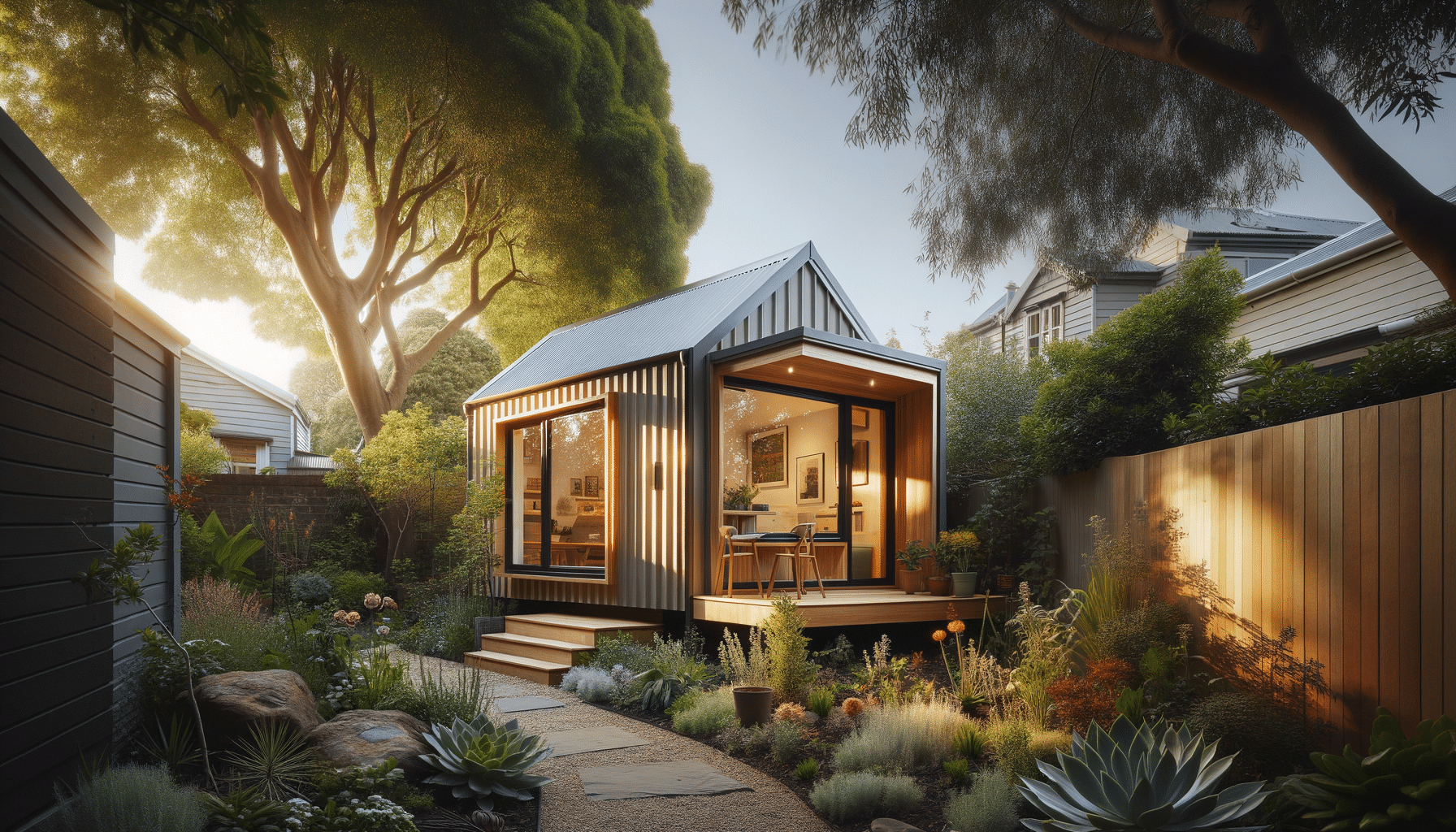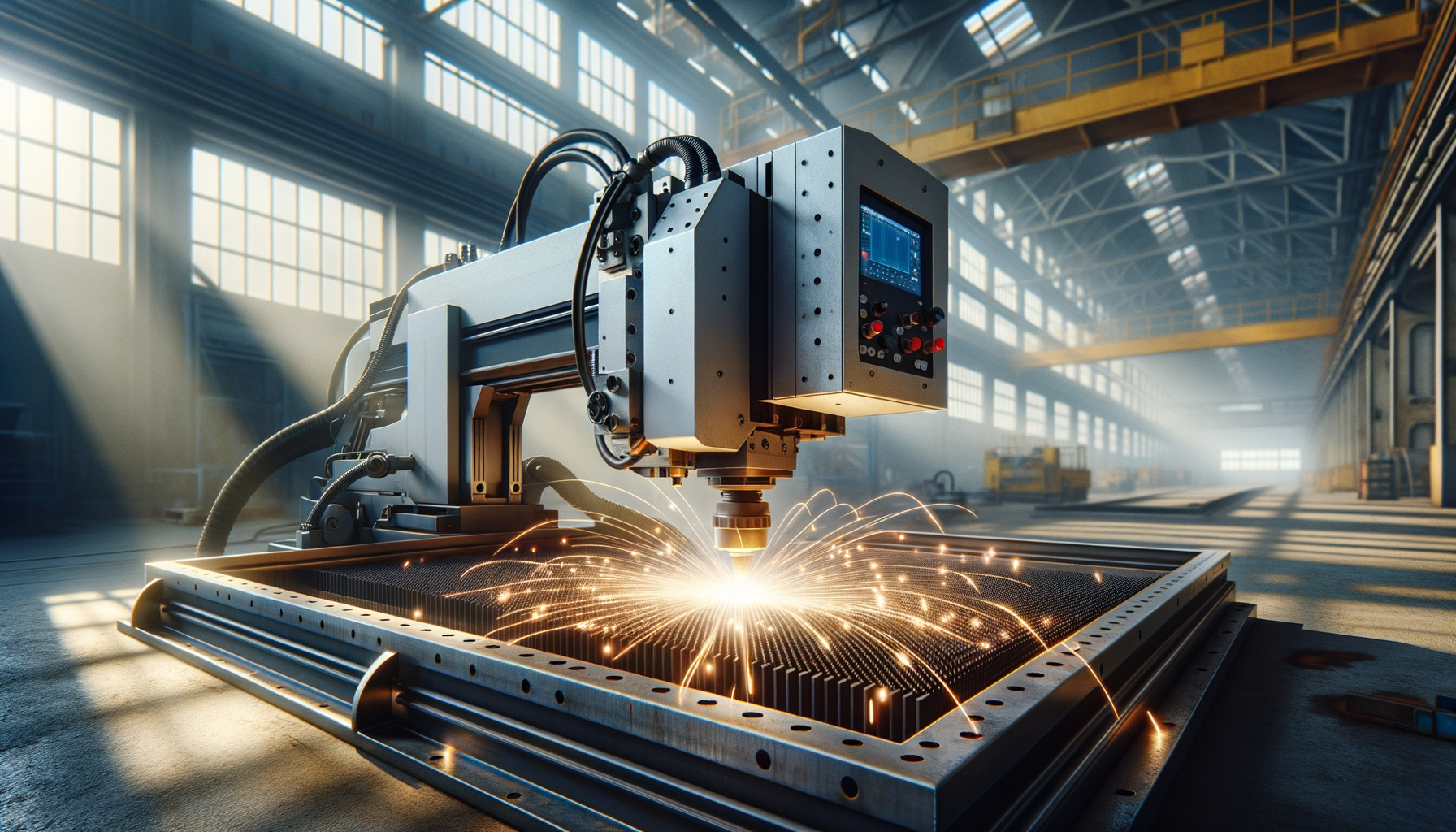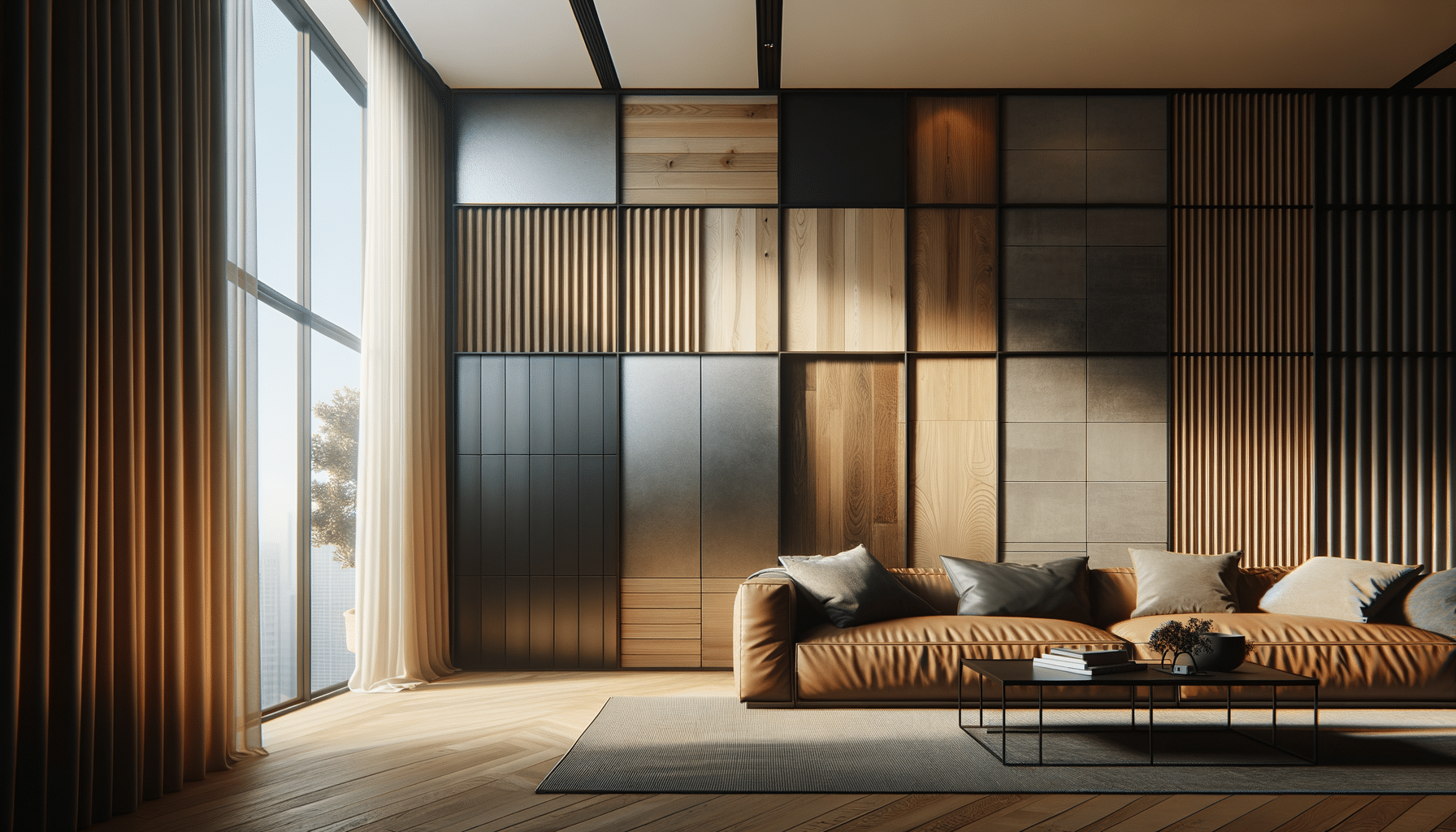
Exploring the World of Granny Flats: A Comprehensive Guide
Introduction to Granny Flats
Granny flats, also known as accessory dwelling units (ADUs), have become a popular housing solution worldwide. These self-contained living spaces are typically smaller than the main house and are often used to accommodate elderly family members, hence the name. However, their use has expanded beyond just housing grandparents. With rising housing costs and a growing need for flexible living arrangements, granny flats provide a versatile and cost-effective solution.
The appeal of granny flats lies in their ability to serve multiple purposes. They can be used as rental units to generate additional income, as home offices, or as guest accommodations. This flexibility makes them an attractive option for homeowners looking to maximize their property’s potential. Additionally, granny flats can increase the overall value of a property, making them a smart investment choice.
Furthermore, the design and construction of granny flats have evolved significantly. Homeowners can now choose from prefab designs or custom builds, ensuring that these units fit seamlessly into their existing property while meeting specific needs and preferences. As a result, granny flats are not only functional but can also be stylish and modern, adding to the aesthetic appeal of the home.
The Benefits of Granny Flats
The advantages of adding a granny flat to your property are numerous. One of the primary benefits is the potential for additional income. By renting out the space, homeowners can offset mortgage costs or save for future expenses. This supplementary income can be particularly beneficial in areas with high rental demand.
Granny flats also offer an excellent solution for multigenerational living. As families look for ways to stay connected while maintaining independence, these units provide a perfect balance. Elderly family members can enjoy their own space while being close to loved ones, ensuring they receive the support they need without sacrificing privacy.
Moreover, granny flats contribute to sustainable living. By utilizing existing land, they reduce the need for new housing developments, which can have a significant environmental impact. Many granny flats are designed with energy-efficient features, further minimizing their ecological footprint.
Additionally, the versatility of granny flats extends to personal use. Homeowners can use these spaces as home offices, studios, or even hobby rooms. This flexibility allows property owners to adapt the space to their changing needs over time, making granny flats a wise long-term investment.
Design Considerations for Granny Flats
When planning to build a granny flat, several design considerations must be taken into account to ensure the space is functional and aesthetically pleasing. One of the first steps is to assess the available space on the property. This assessment will determine the size and layout of the granny flat and ensure it complies with local zoning regulations.
Next, homeowners must decide between prefab designs and custom builds. Prefab designs offer a cost-effective and time-efficient solution, as they are pre-engineered and can be quickly assembled on-site. On the other hand, custom builds allow for more personalized features and finishes, enabling homeowners to create a unique space that complements their existing property.
Interior design is another crucial aspect to consider. The layout should maximize the use of space, ensuring that every square foot serves a purpose. Open floor plans, multifunctional furniture, and ample storage solutions can enhance the functionality of a granny flat. Additionally, incorporating natural light and neutral color palettes can create a sense of spaciousness, making the unit feel larger than it is.
Finally, energy efficiency should be a priority. Implementing sustainable building practices and using energy-efficient appliances can reduce utility costs and minimize the environmental impact. By considering these design elements, homeowners can create a comfortable and practical living space that meets their needs.
Legal and Financial Aspects of Building Granny Flats
Before embarking on the construction of a granny flat, it is essential to understand the legal and financial implications involved. One of the first steps is to research local zoning laws and building regulations. These laws vary by region and can affect the size, design, and placement of the granny flat on the property.
Obtaining the necessary permits and approvals is a crucial part of the process. This step ensures that the construction complies with all legal requirements and avoids potential fines or penalties. Consulting with a legal expert or a local planning authority can provide valuable guidance in navigating these regulations.
Financial planning is equally important. Building a granny flat involves a significant investment, and homeowners must consider the costs of construction, materials, and labor. Creating a detailed budget and exploring financing options, such as home equity loans or construction loans, can help manage these expenses effectively.
Additionally, it is wise to assess the potential return on investment. Renting out a granny flat can provide a steady income stream, but homeowners should research rental rates in their area to set competitive prices. Evaluating the market demand for rental properties can also inform decisions about the size and features of the granny flat.
By understanding the legal and financial aspects, homeowners can make informed decisions and ensure a smooth construction process, ultimately enhancing the value and functionality of their property.
Conclusion: The Future of Granny Flats
Granny flats offer a versatile and valuable solution to modern housing challenges. As more people seek affordable and flexible living arrangements, the popularity of these units is expected to grow. Their ability to serve multiple purposes, from housing family members to generating rental income, makes them an attractive option for homeowners.
With advancements in design and construction, granny flats are becoming more accessible and appealing. Homeowners can choose from a range of styles and features, ensuring that these units meet their specific needs and preferences. As a result, granny flats are not only practical but can also enhance the aesthetic and financial value of a property.
Looking to the future, granny flats are likely to play a significant role in addressing housing shortages and promoting sustainable living. By making the most of existing land and resources, they offer a solution that benefits both homeowners and the broader community. As such, investing in a granny flat is not just a smart financial decision but a step towards a more sustainable and connected way of living.


